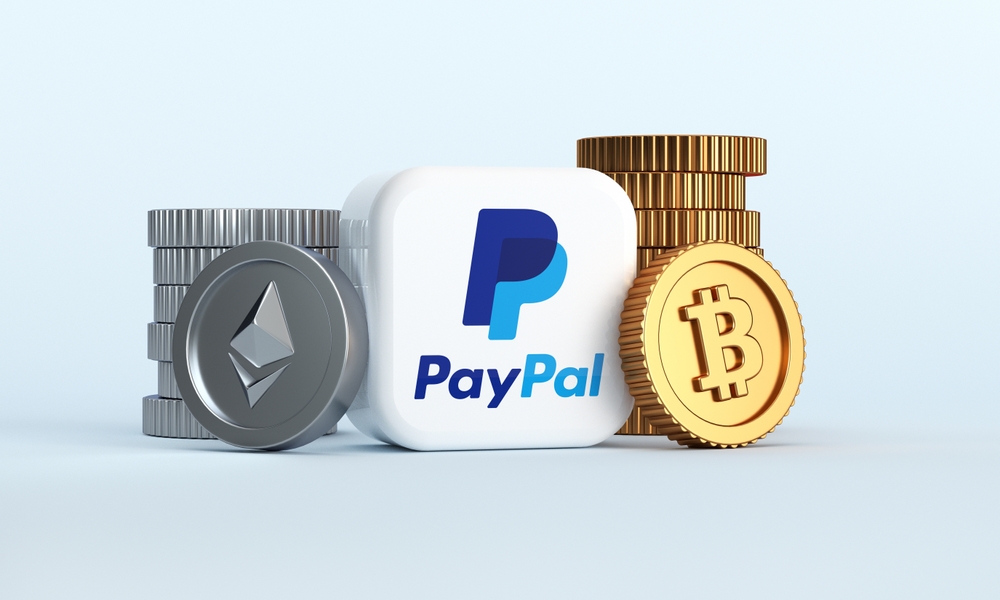
According to insights from Bank of America Corp, PayPal Holdings Inc.’s introduction of a stablecoin is expected to enhance payment efficiencies and the customer experience, even though initial adoption may not be substantial. The bank points to factors such as the absence of compatibility with crypto wallets, trading pairs on exchanges, and new features as hindrances to quick adoption.
Bank of America’s strategists Alkesh Shah and Andrew Moss mentioned in a recent note that in the longer term, PayPal’s PYUSD stablecoin might face challenges in gaining traction due to increasing competition from central bank digital currencies (CBDCs) and yield-bearing stablecoins.
The strategists observed that while investors may have been content with non-yield-bearing stablecoins when interest rates were low, the attractiveness of yield-bearing stablecoins is likely to grow with short-term rates above 5%. They referred to stablecoins like USDT and USDC issued by Tether and Circle Internet Financial.
PayPal recently made headlines by announcing the launch of its stablecoin, PayPal USD, which is backed by Paxos Trust Co. and is fully collateralized by dollar deposits, short-term Treasuries, and similar assets. The token is pegged to the US dollar and will be gradually rolled out to PayPal customers in the US.
Bank of America acknowledged that the payments giant’s entry into the stablecoin arena could potentially boost the adoption of digital tokens for payments, especially after the setbacks faced by the crypto industry in 2022. The bank emphasized that investors are generally concerned with the safety and accessibility of stablecoins on major trading platforms.
The strategists, however, expressed that they do not anticipate the launch of PYUSD to lead to swift regulatory clarity, as the issuance of this stablecoin doesn’t significantly impact systemic risk in traditional markets. They noted that while the launch may not alter systemic risk, it might encounter regulatory challenges if non-banks are prohibited from issuing stablecoins.
Despite stablecoins having existed for nearly a decade, their use has largely been confined to traders moving digital assets between exchanges. The total value of stablecoins in circulation is estimated at around $126 billion, with Tether’s USDT being the largest by far.
While PayPal is not the first company to venture into stablecoin creation, its launch comes after a high-profile attempt by Meta Platforms Inc., which faced regulatory hurdles and eventually faltered. Even PayPal temporarily halted its PYUSD project in response to heightened regulatory scrutiny.
Maxine Waters, a prominent Democrat and vocal critic of Meta’s project criticized PayPal’s launch for not having sufficient regulatory oversight.
Image Credit: Shutterstock
Keep in mind that we may receive commissions when you click our links and make purchases. However, this does not impact our reviews and comparisons. We try our best to keep things fair and balanced, in order to help you make the best choice for you.